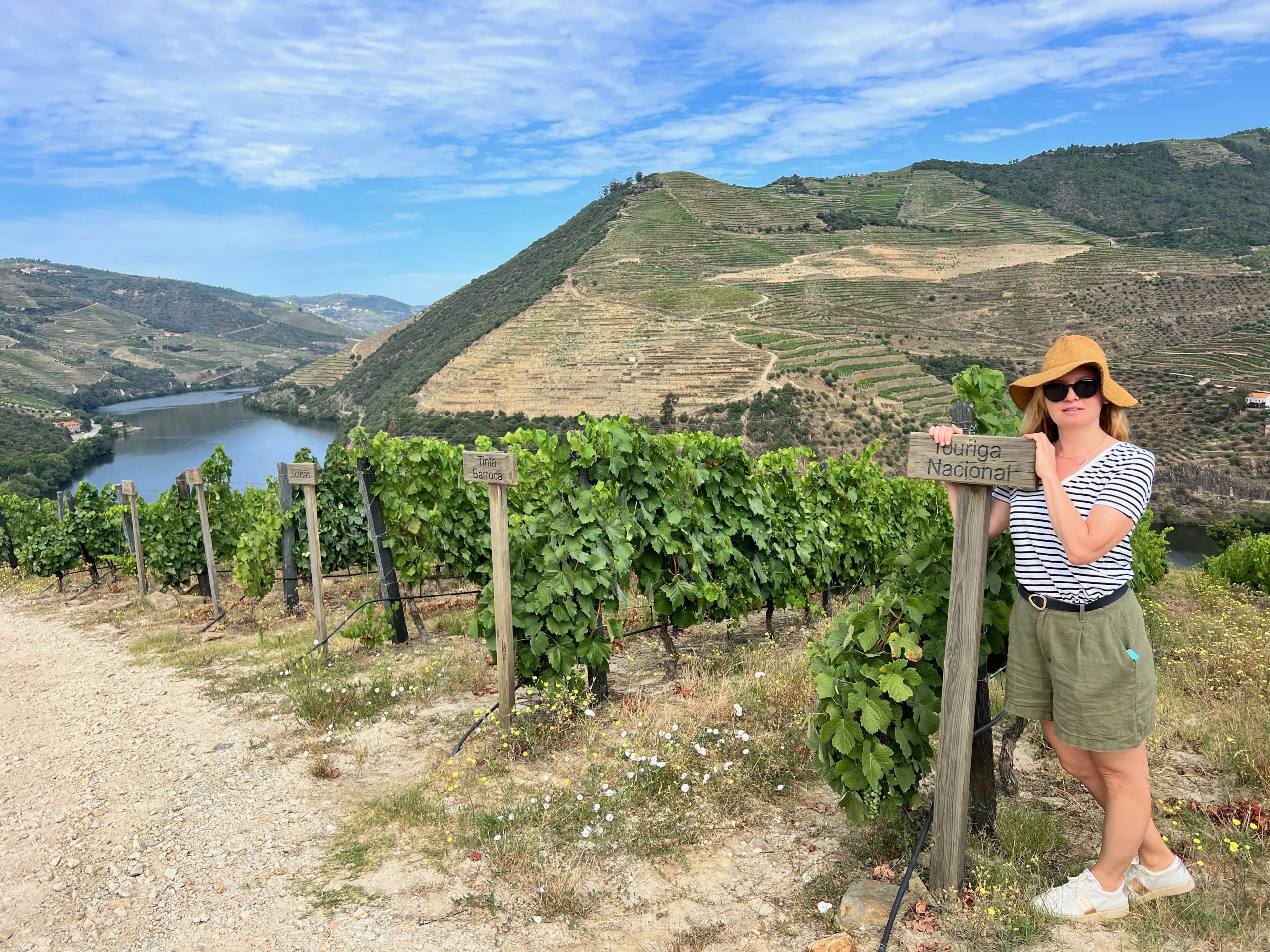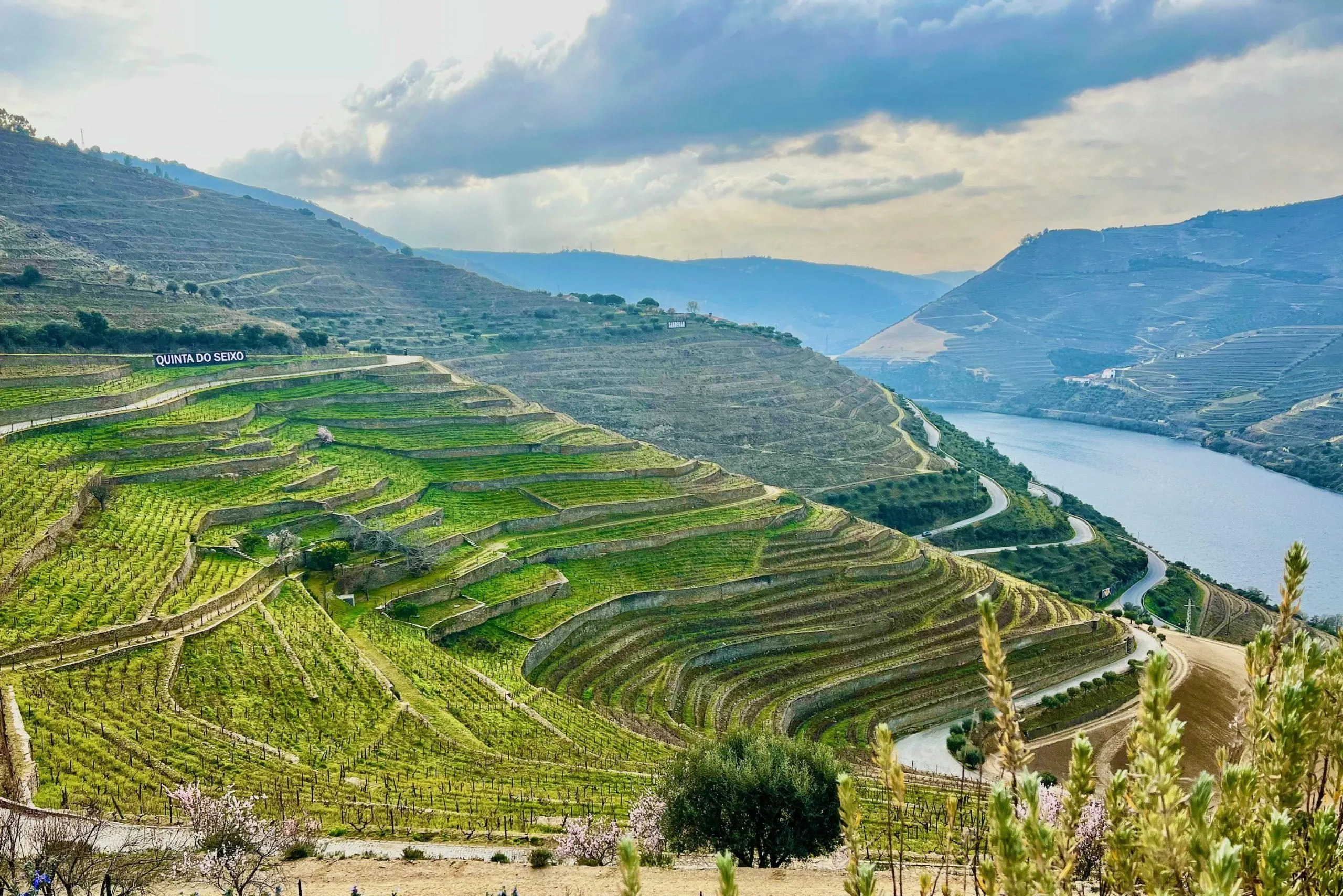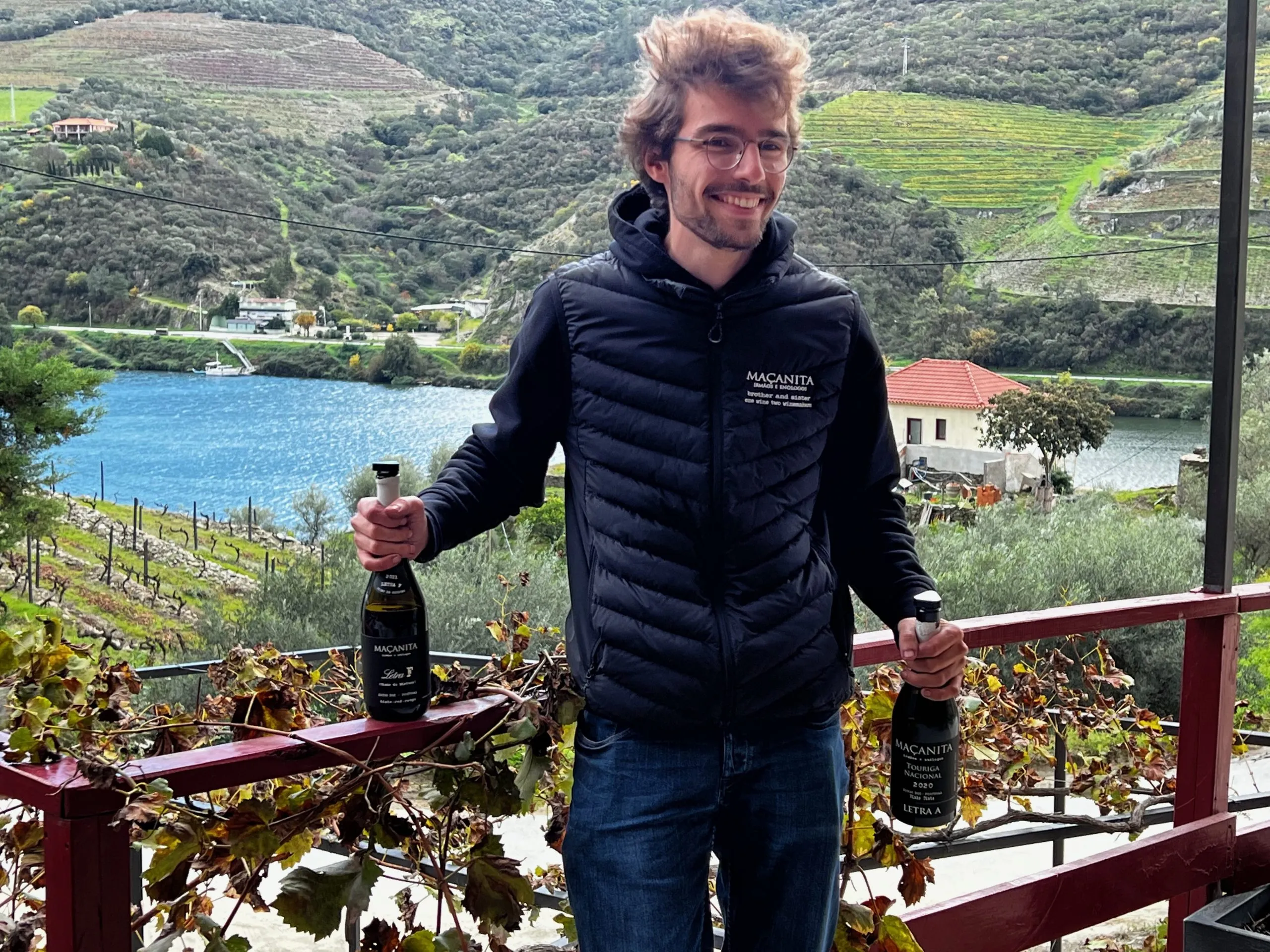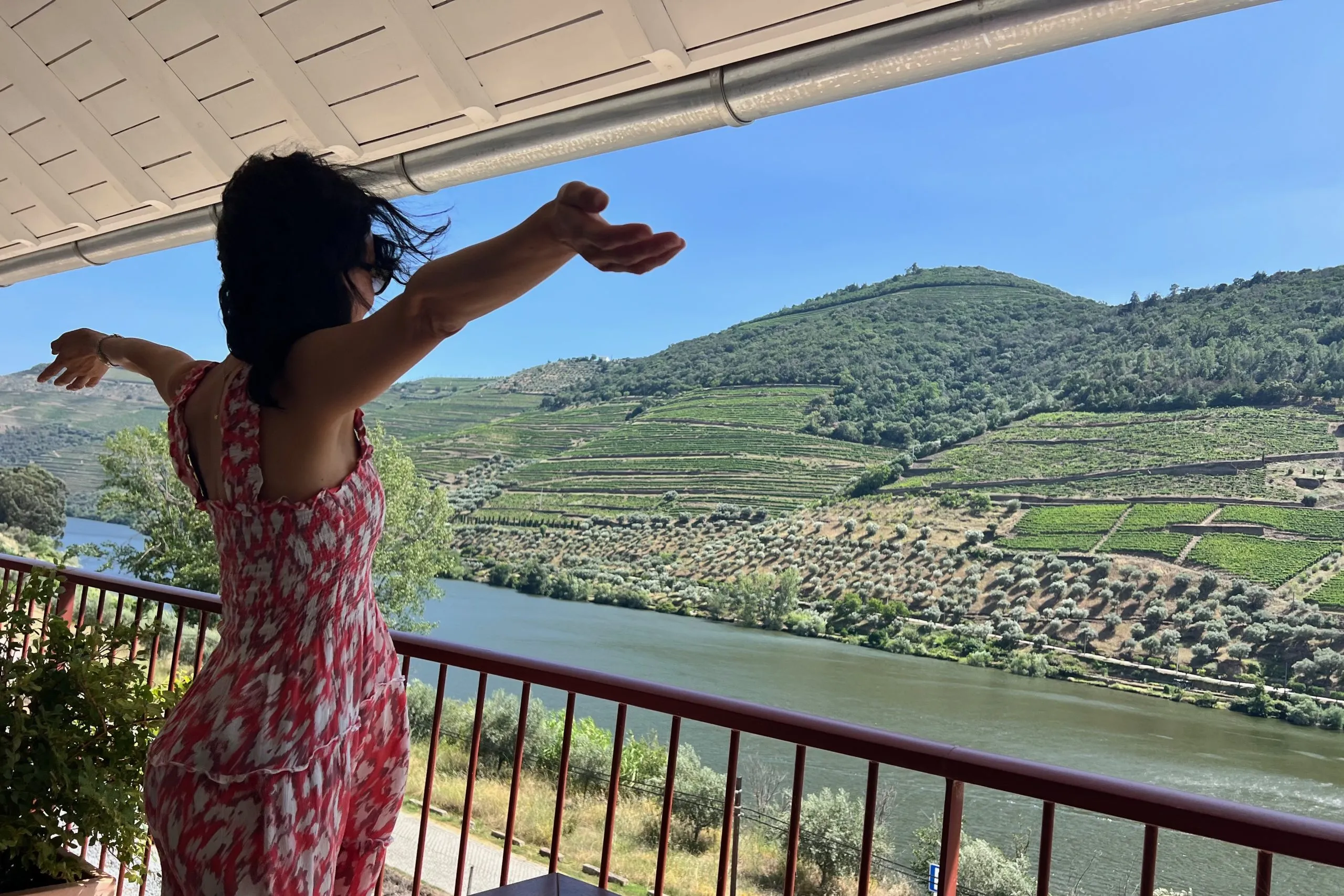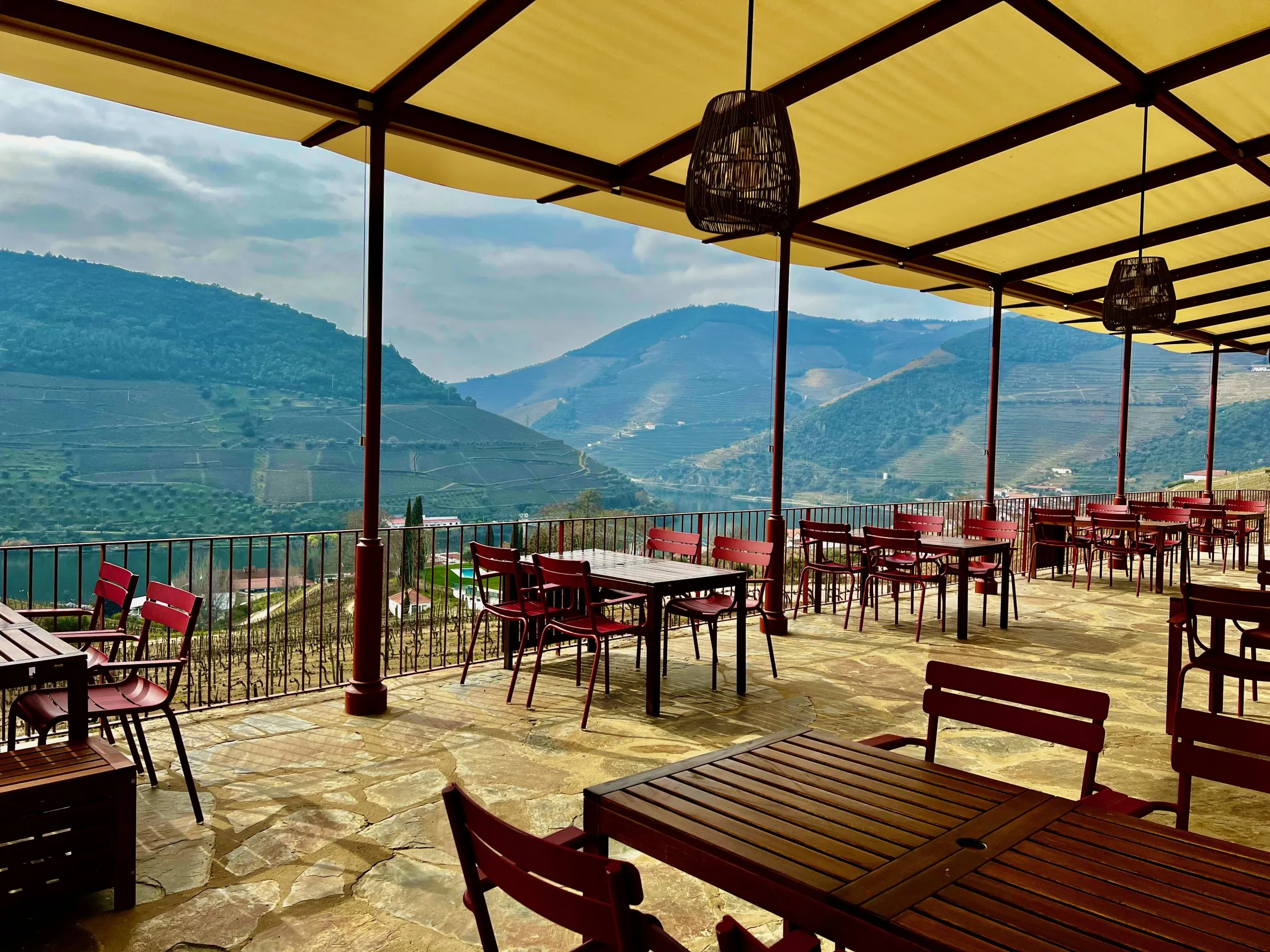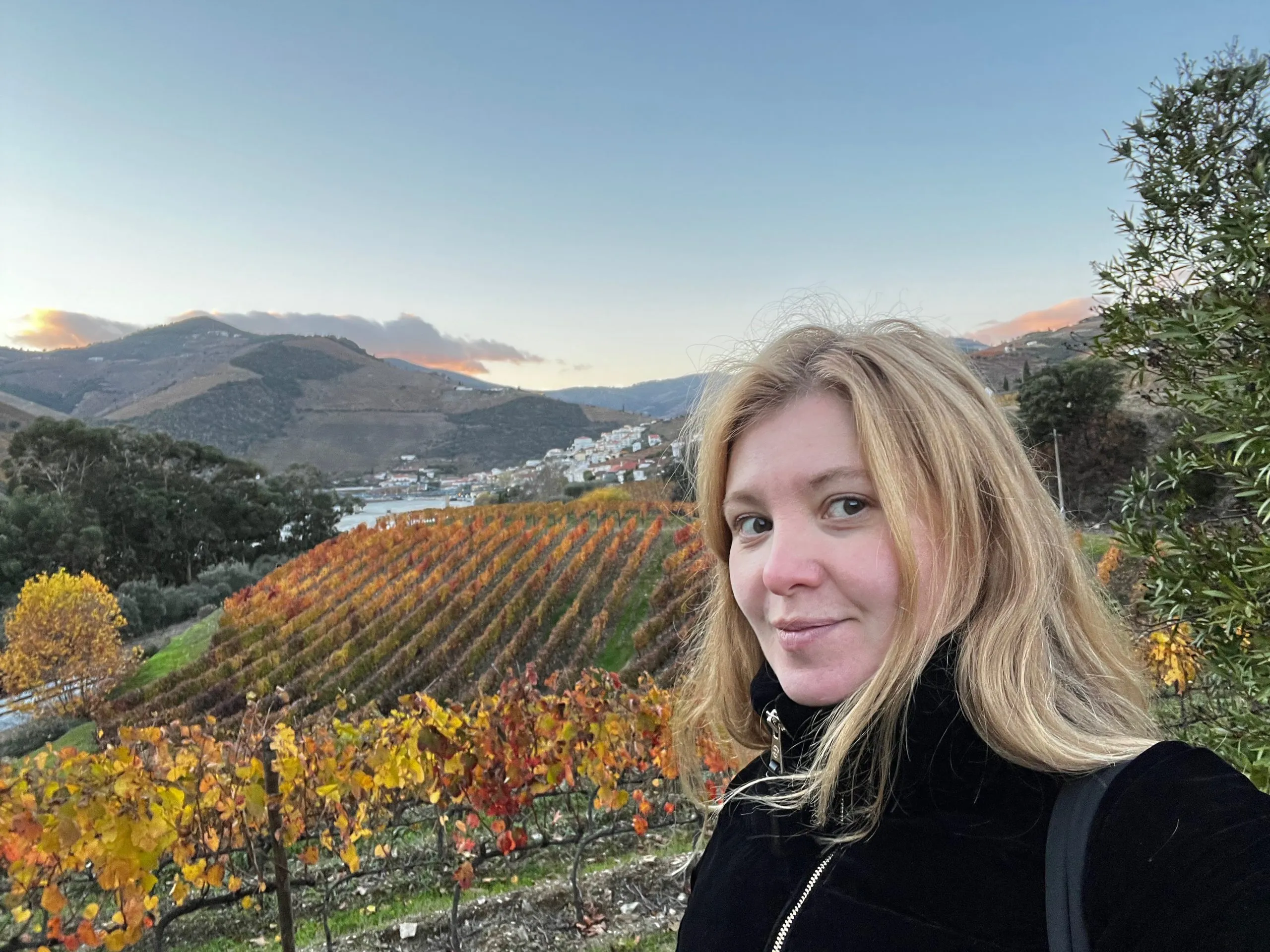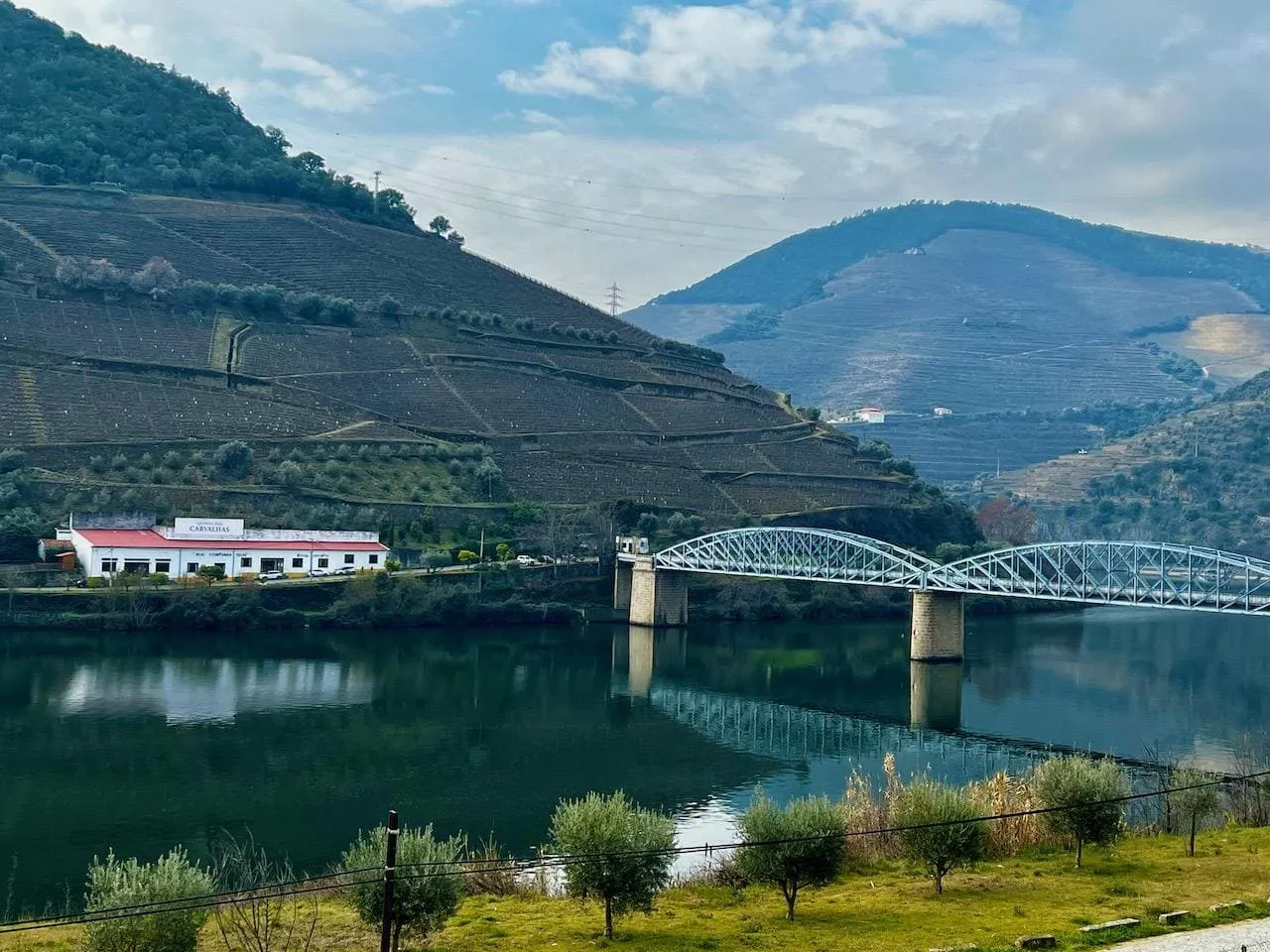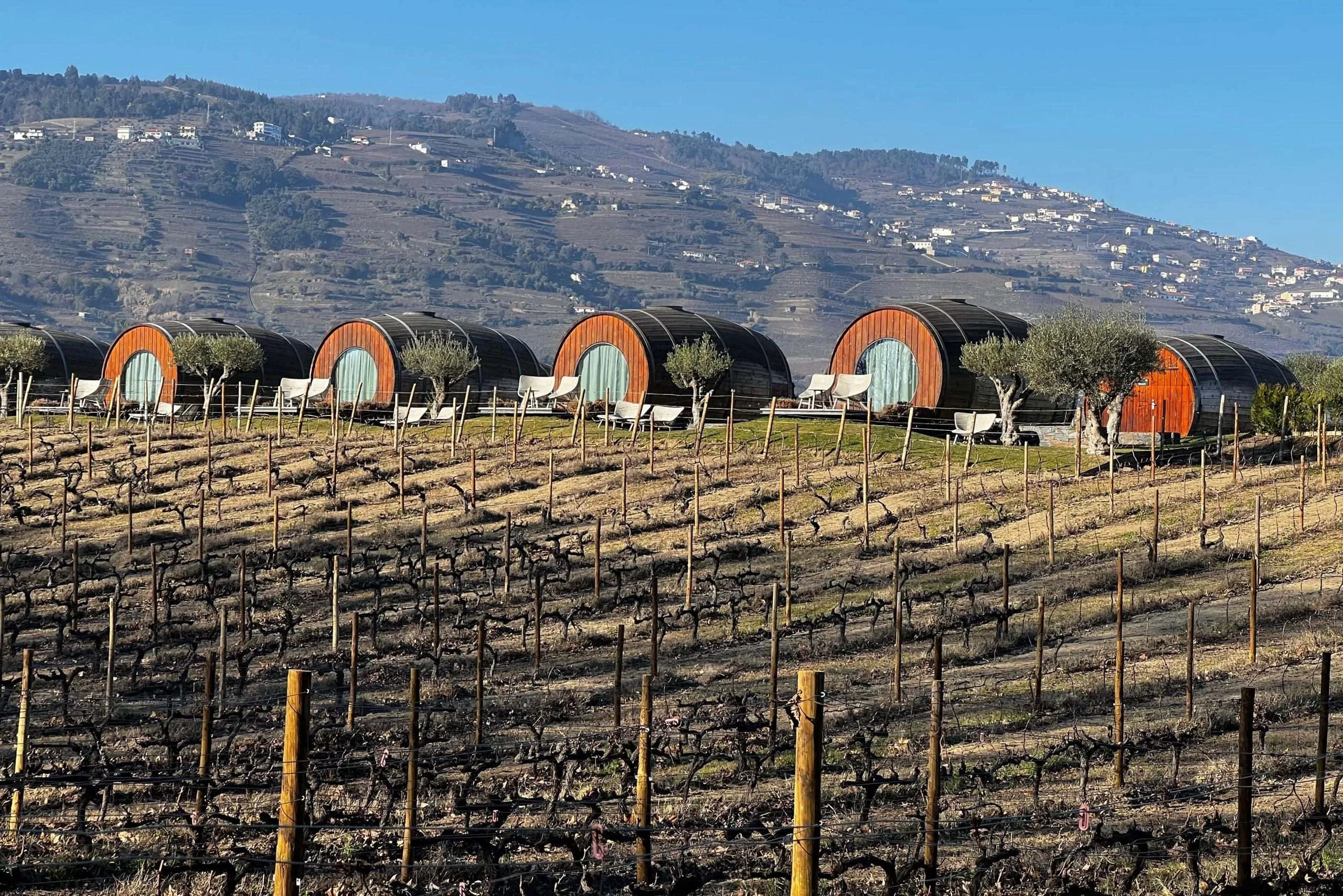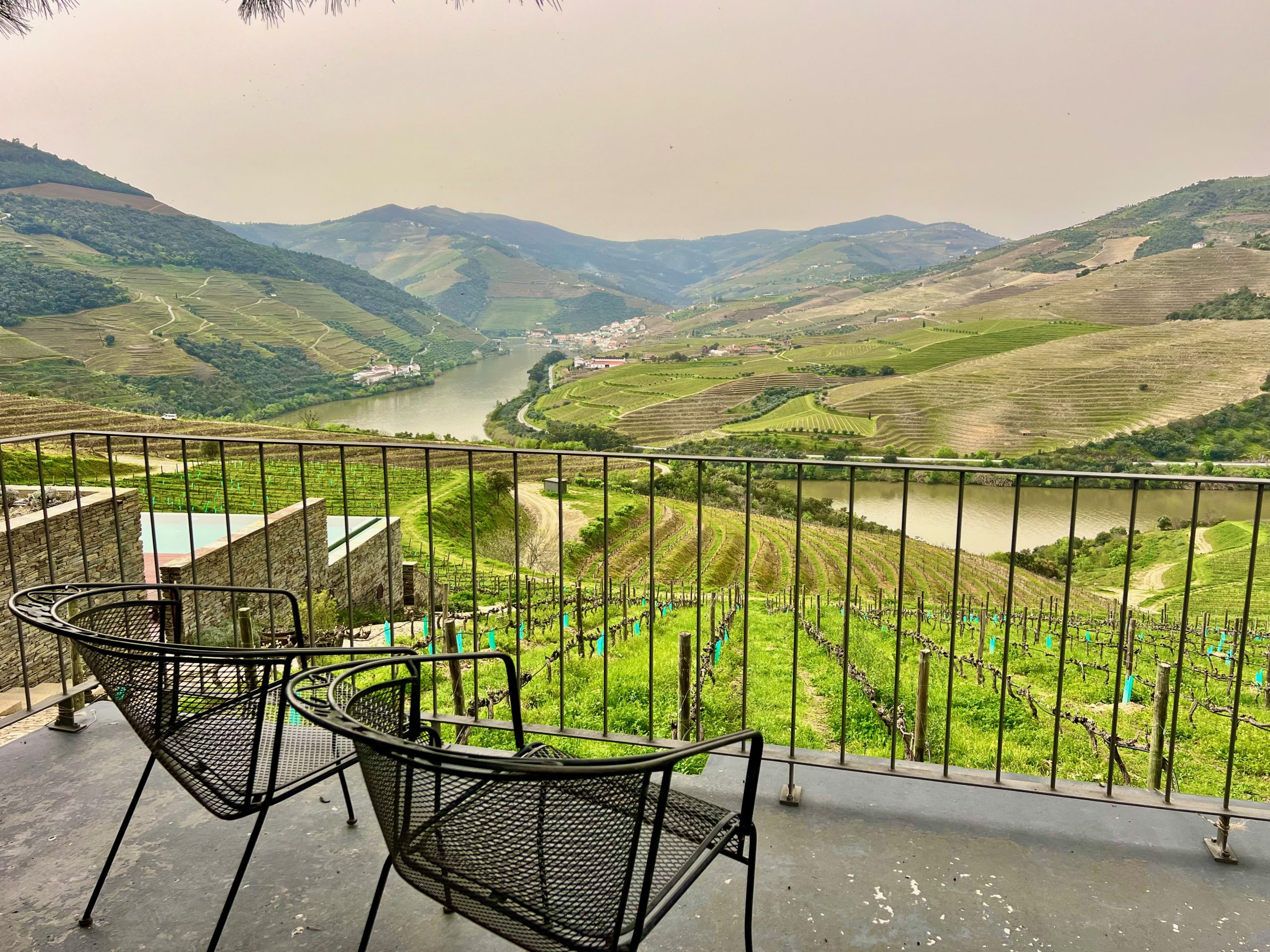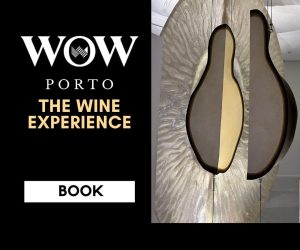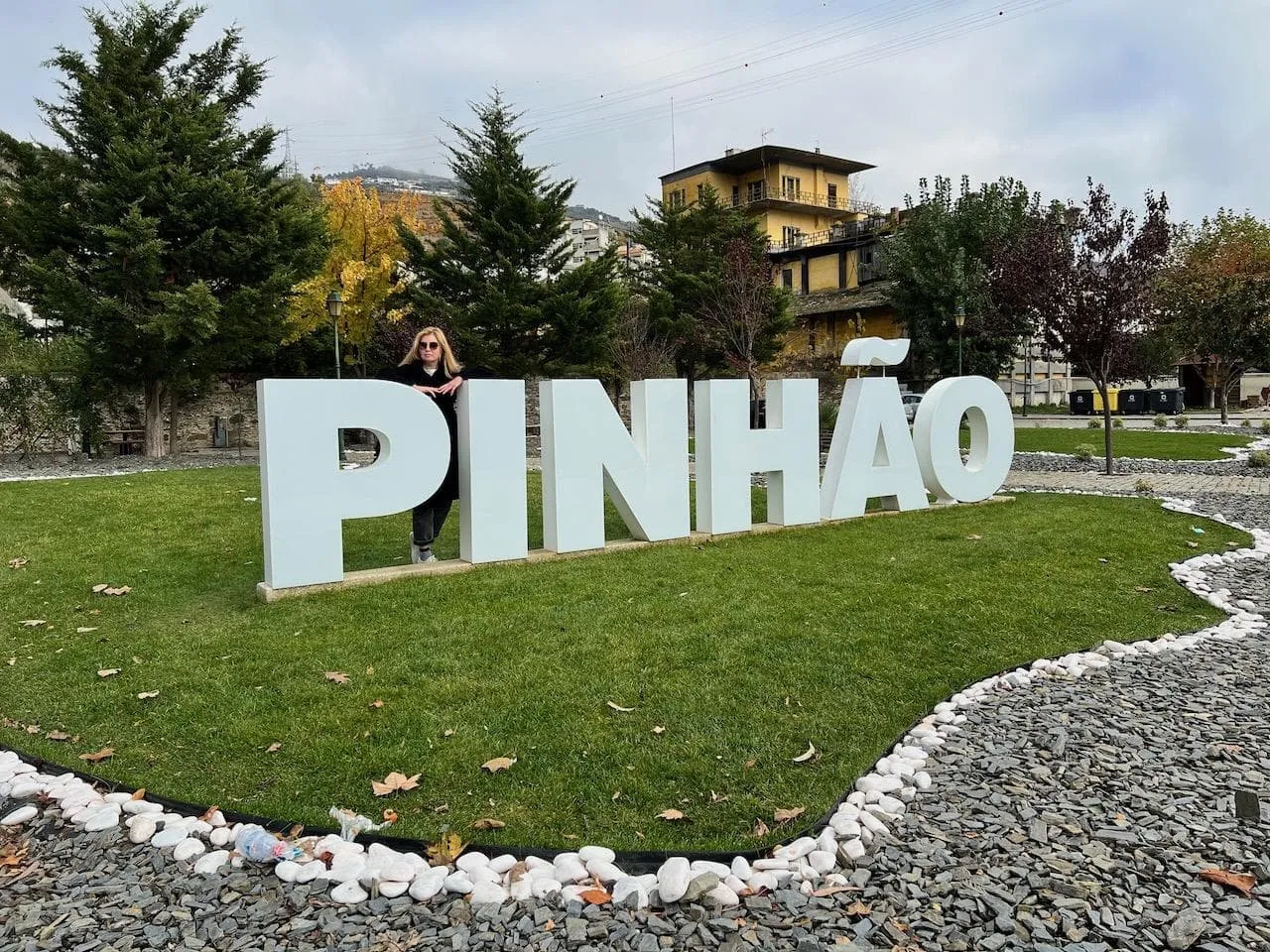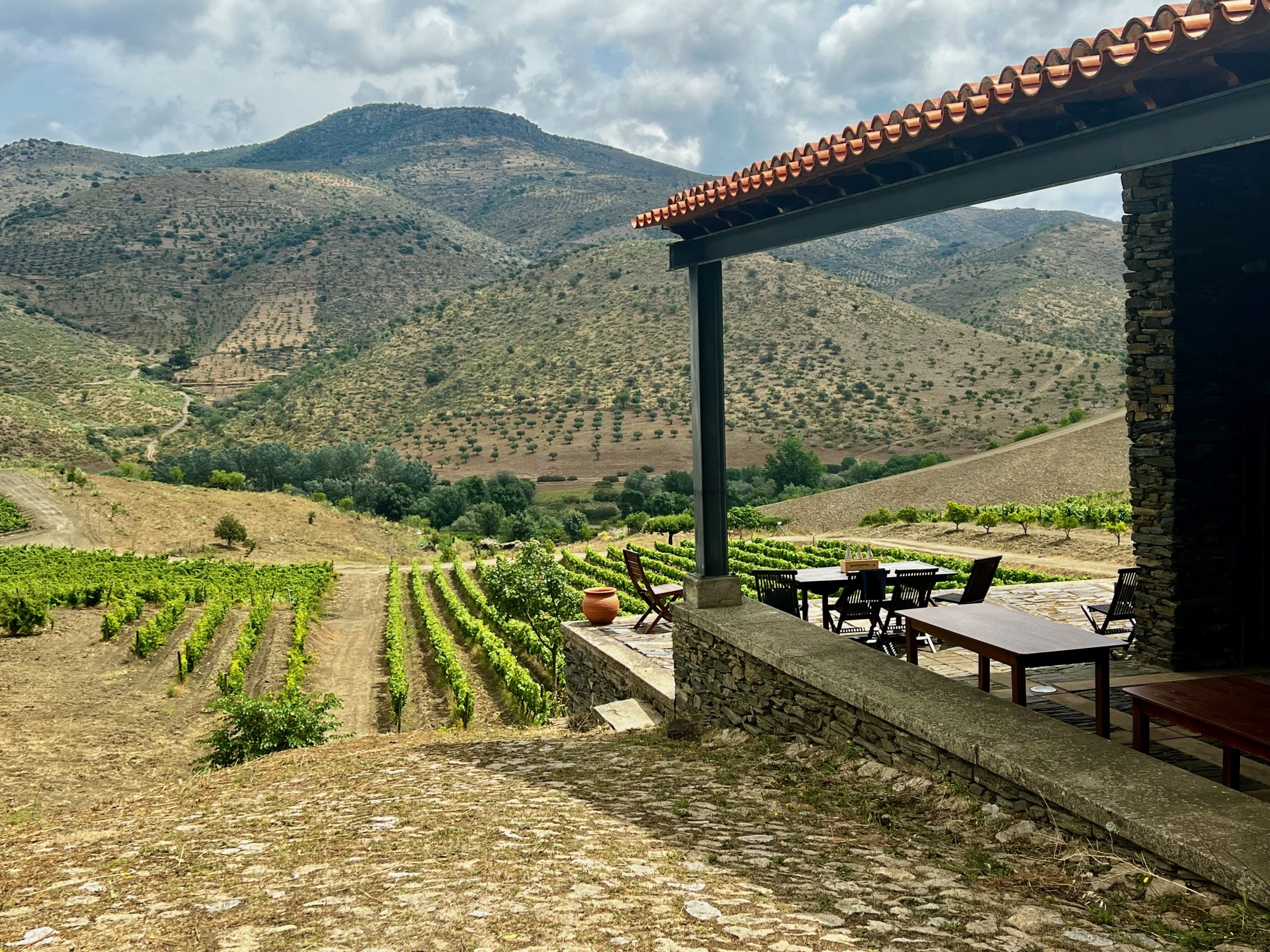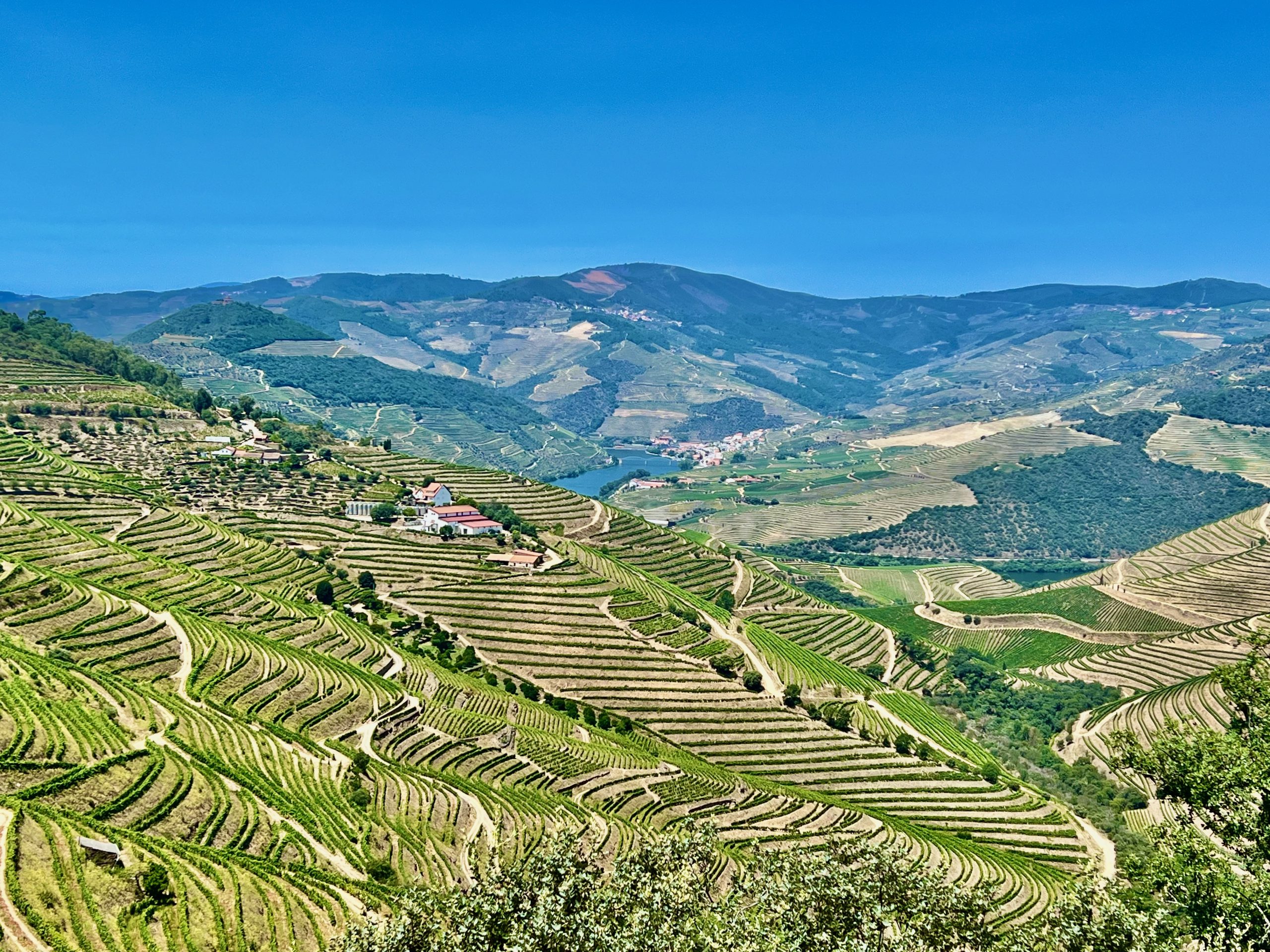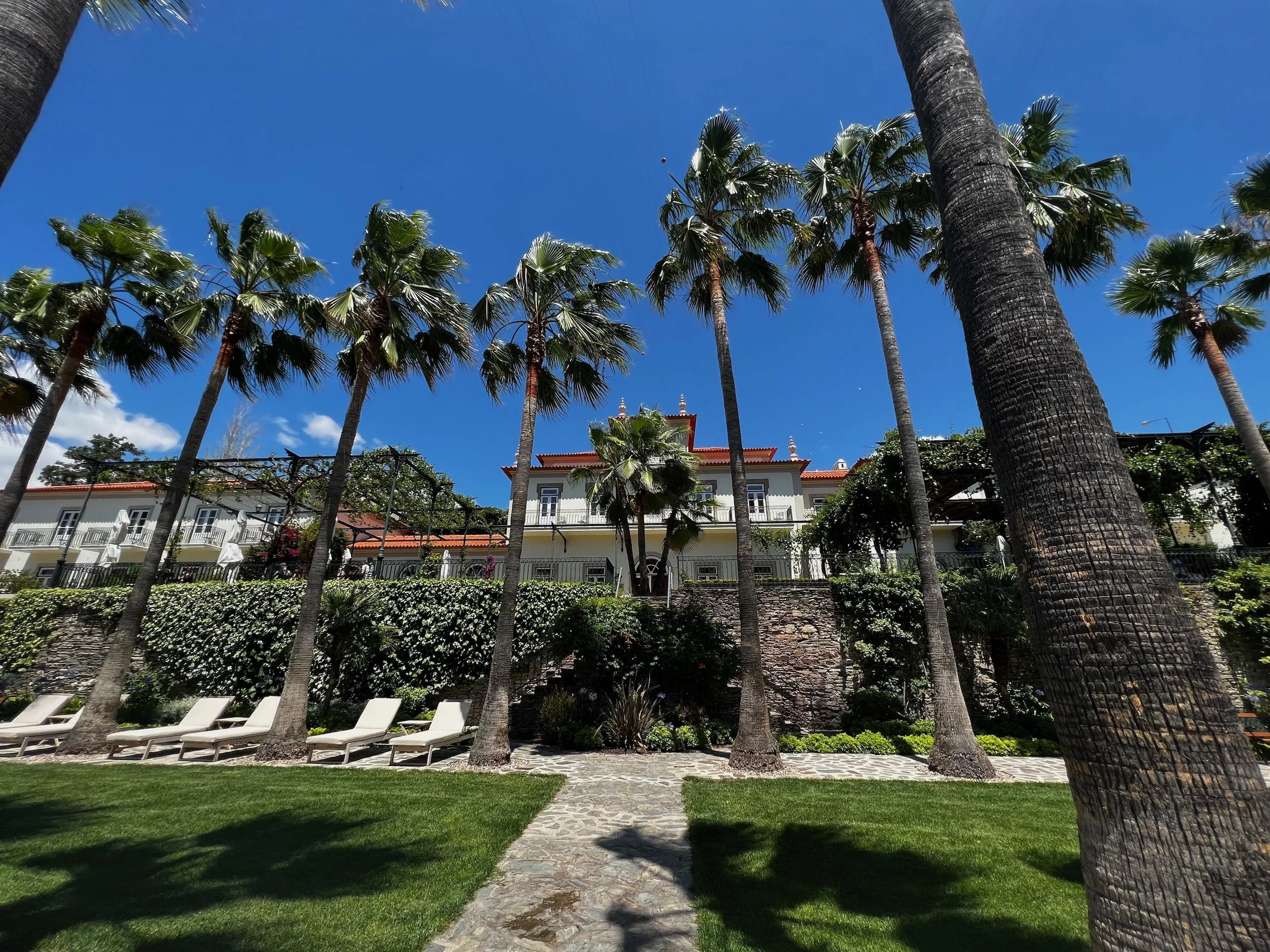The Douro Valley in Portugal is renowned for its breathtaking landscapes, terraced vineyards, and charming villages. Determining the “most beautiful” part of the Douro Valley is very subjective and depends on personal preferences. If you have enough time, I recommend visiting different parts of the Douro.
Nevertheless, numerous stretches of the valley are renowned for their breathtaking landscapes. In this article, I explore the three sub-regions of the Douro and offer my perspective on the most picturesque areas within each of these regions.
Where is the Douro Valley?
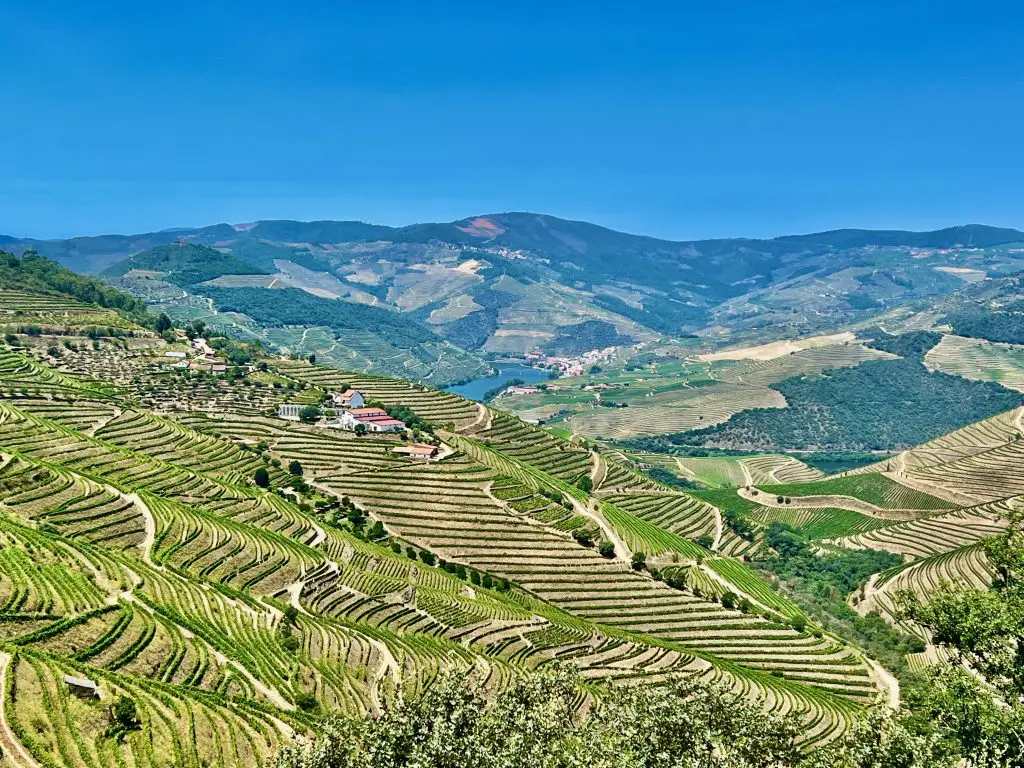
Located in Northeast Portugal, within the Douro River basin, the Douro Valley region spreads over a total area of approximately 250 000 hectares between Barqueiros near the Atlantic coast and Mazouco near the Spanish border.
The region is divided into three sub-regions that differ greatly from one other:
Baixo (Lower) Corgo
Cima (Upper) Corgo
Douro Superior
Corgo refers to the Corgo River, a tributary of Douro.
It is the Alto Douro wine region (which includes Baixo Corgo and Cima Corgo) that was named a UNESCO World Heritage Property as an evolutive and living cultural landscape.
Related:

What is Special About the Douro Valley?

Shielded from the harsh Atlantic winds by the protective barriers of the Marão and Montemuro mountains, and buffered against the cold northern gusts by the Alvão, Padrela, and Bornes mountains, the Douro Valley emerges as an extraordinarily picturesque mountainous wine region, offering unique conditions for viticulture.
You will likely experience the climatical differences when travelling from Porto by car. Often, as I cross the Marão tunnel, clouds and rain of the Atlantic coast give way to full sunshine in the Douro Valley.
Related:
Is Douro Valley Warmer than Porto?
The Best Months to Visit the Douro Valley
The most dominant features of the landscape are the calm Douro river and the terraced vineyards that blanket the hilly countryside.
The land in the Douro Valley is very steeply inclined. As is the case in all mountain winemaking regions, in the Douro valley, man had to find land-use solutions that would enable him to plant vines on the steepest slopes. Over the centuries the slopes have been sculpted to terraces made from schist, the foliated rock that dominates the soils of the region. Seen from above the vineyards remind me of the Aztec pyramids.
I find the Douro Valley particularly stunning in October and early November when leaves turn shades of yellow and red. The terraced vineyards that stretch horizontally and vertically create a captivating visual spectacle, especially during the changing seasons.
Similarly, in April and May, the vineyards come alive with different shades of green, showcasing the diversity of grapevines at various stages of growth.
The stunning landscape is dotted with white-walled villages and churches are usually located midway up the valley sides.
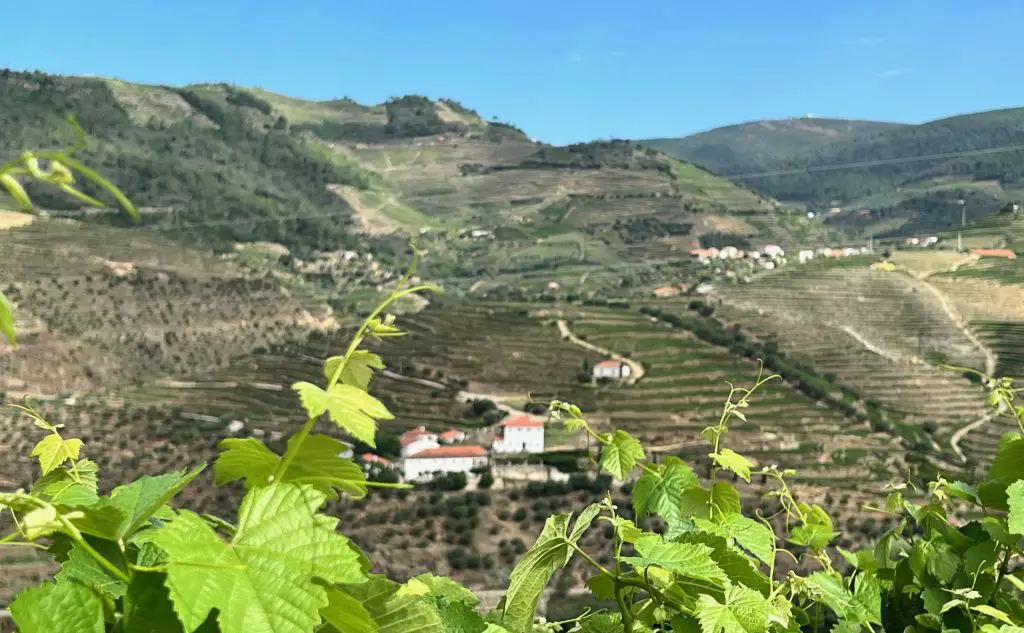
The Porto wines of Douro Valley are well known. In the recent decades, the unfortified wines of Douro have gained in quality and diversity. Local winemakers produce some exceptional red and white wines these days that are definitely worth tasting and sending back home.
Baixo Corgo
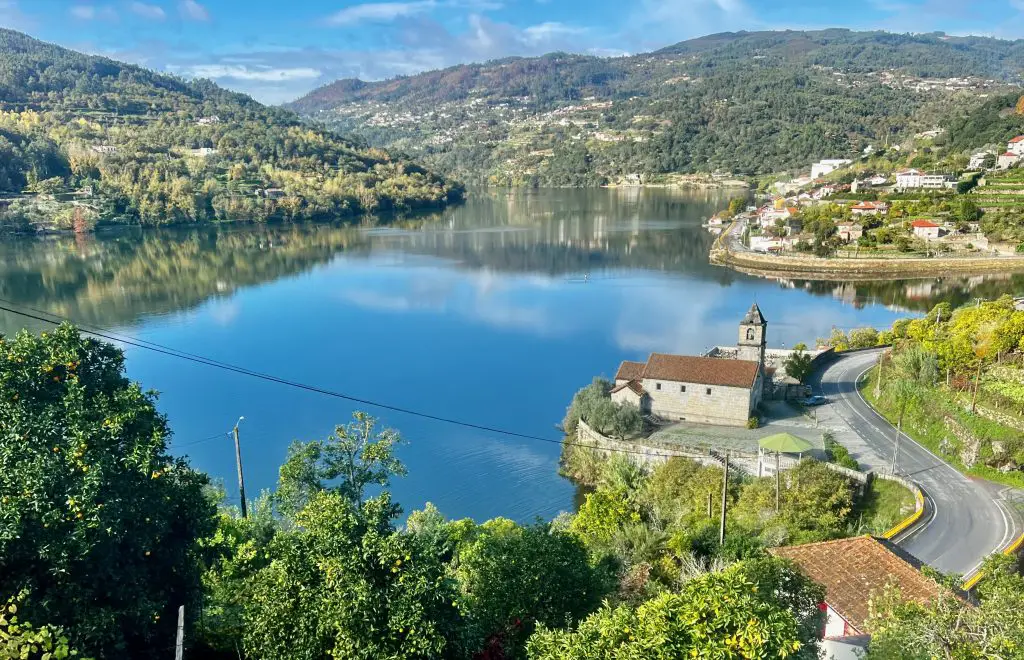
Baixo Corgo is the westernmost region of the Douro Valley. It stretches from Barqueiros to the Corgo river and the surroundings of the town of Peso da Régua.
You can start admiring the beauty of the region from a train that runs from Porto to Peso da Régua.
Of the three sub-regions, it has the smallest territory but the highest percentage of planted vineyards. It was the cradle of viticulture in the Douro region and today it is a region with almost 16,000 producers.
Known for its abundant rainfall and milder climate compared to other sub-regions, Baixo Corgo is the wettest and the coolest. Therefore, the region traditionally yields younger and cheaper Ports, characterized by a fruity and fresh profile. Besides, the region has a lot of green vegetation.
The Atlantic-influenced climate contributes to fertile soils and high grape yields. Although historically associated with Port wine production, Baixo Corgo has embraced the production of high-quality Douro table wines, mostly reds but some excellent whites as well. The wines from Baixo Corgo exhibit a vibrant and youthful character, reflecting the climatic influences that favor the expression of fruit-forward flavors.
Baixo Corgo is also a home for the architectural gems of Douro, such as Santuário de Nossa Senhora dos Remédios of Lamego and the Mateus Palace near Vila Real.
As you travel in Baixo Corgo, stop at one or several viewpoints (miradouro) and enjoy the views of river bends and terraced vineyards:
Between Baixo Corgo and into Cima Corgo lies one of the most scenic roads in the world – N 222.
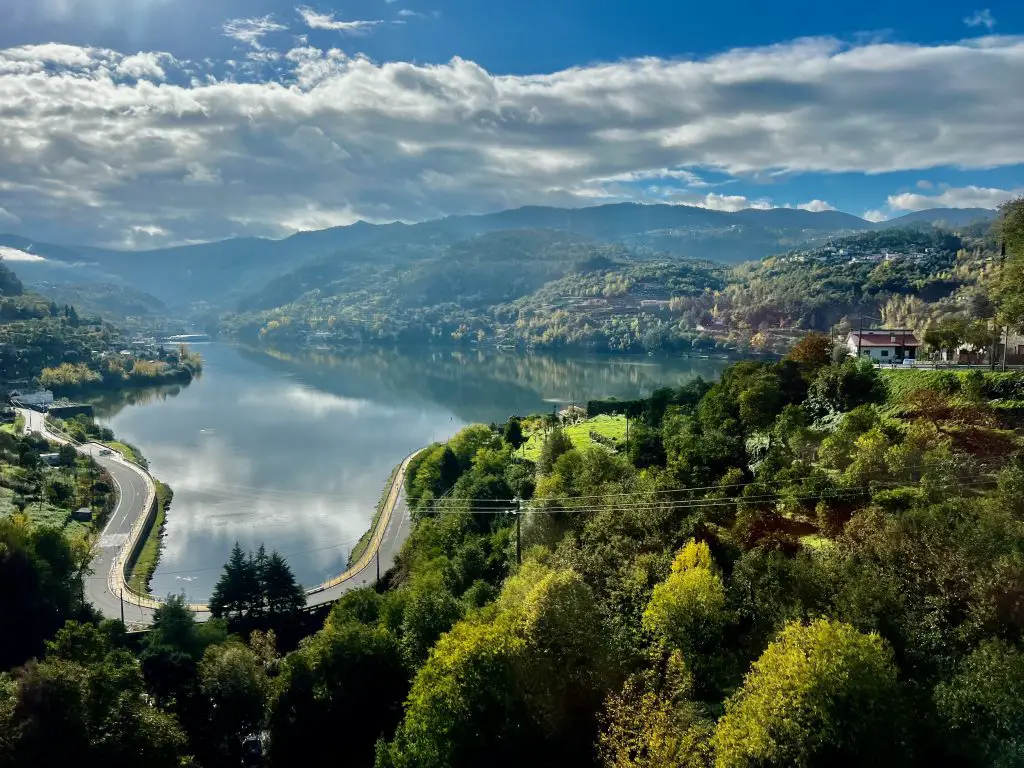
Main towns in Baixo Corgo
Peso da Régua, Lamego, Mesão Frio, Armamar
Related:
Where to stay in Baixo Corgo
Wineries not to miss in Baixo Corgo
Cima Corgo
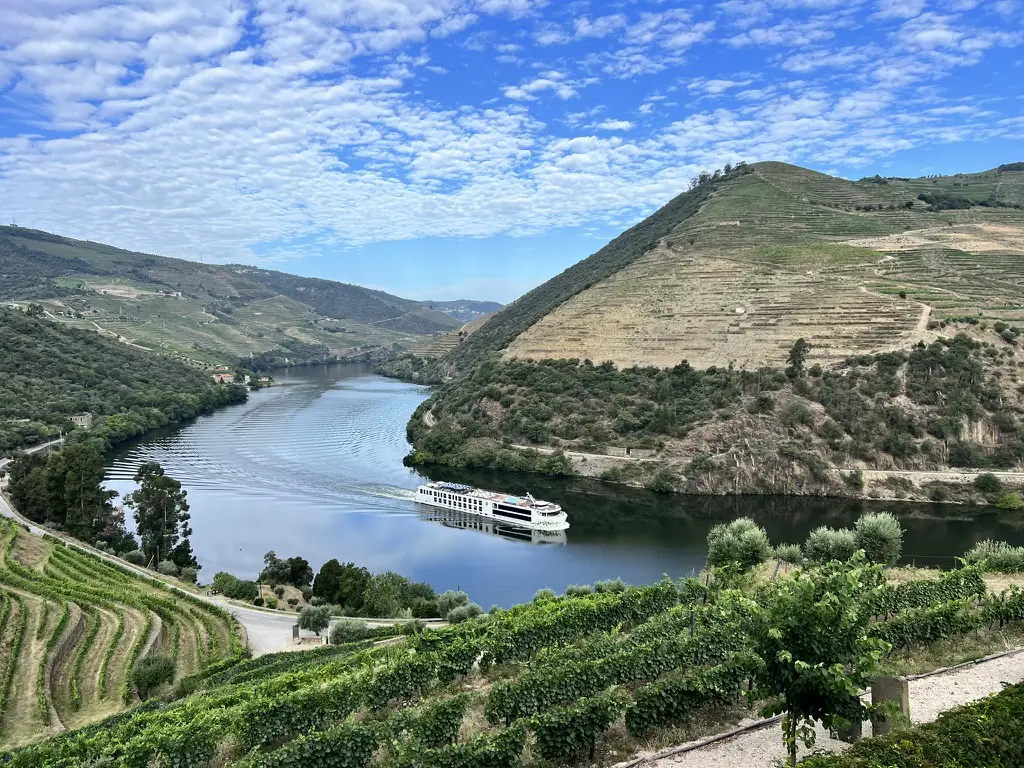
Cima Corgo is upstream from the river Corgo, a tributary of the Douro. The region is a bit warmer and drier than Baixo Corgo. The landscape of Cima Corgo is characterized by rugged hillsides and deep river valleys with predominantly schist geological formations, creating harsh and challenging soil conditions, ideal for grape growing.
The terroir of Cima Corgo, situated between Armamar, Tua, Alijó, and Sabrosa, with the town of Pinhão at its heart along the Douro River, serves as the geographic center of the Douro and Port wine production. All the main port shippers own properties in Cima Corgo.
The dry wines produced in this region supply the cellars of the finest restaurants worldwide.
I find driving in the Cima Corgo area the most challenging with steep hills and pinned curves, however the views are truly stunning here.
In my opinion, Cima (Upper) Corgo and the surroundings of Pinhão and São João de Pesqueira are some of the most scenic areas of the Douro Valley. Follow road N-222 or N-323 for the best views of the region.
These viewpoints are just some of many fantastic places to see the beauty of Cima Corgo:
Miradouro Torguiano de São Cristovão do Douro
Miradouro da Estrada Nacional 222
Another way to enjoy the scenery is a short Douro river boat cruise that you can jump on in Pinhão.
Related:
Main towns in Cima Corgo
Pinhão, São João da Pesqueira, Tabuaço, Sabrosa, Alijó
Related:
Where to stay in Cima Corgo
Douro Superior

Douro Superior runs further eastward from Eclusa da Barragem da Valeira to the Spanish border.
Despite being the largest part of the Douro, it only has a small share in viticulture, representing approximately 2% of the region’s wine production. The Douro Superior region wasn’t officially a part of the Douro DOC until 1907, however, in the recent decade the region came around with excellent dry wines.
This area is much flatter than in the eastern part of Douro. You will see less hills and less vegetation in the region of Douro Superior. It is the driest and hottest region of the Douro.
Besides its wines, the region is focused on olive oil production and almonds. If you plan to visit in late February and March, you will see the almond trees in bloom, a spectacle of extraordinary beauty. The train company of Portugal organizes special train tours to see almond blossoms in the Douro Valley. See more information here.
In the 1990s, the wall paintings of Vila Nova de Foz Côa were discovered. They are believed to be created as far back as 20,000 BCE, making them some of the oldest wall art pieces across the globe. Do not miss the opportunity to visit the Côa Valley Museum in Douro Superior, the Castle of Freixo de Numão, and the historic village of Marialva.
Main towns in Douro Superior
Vila Nova de Foz Côa, Torre de Moncorvo
Where to Stay in Douro Superior
Casa do Rio Wine Hotel – Vallado
Casa Nova Velha
Wineries in Douro Superior
While every Douro Valley region has many places of extraordinary beauty, if you have only one day to spend in the valley, I would suggest focusing on the Cima Corgo and the Pinhão area. See my sample 1-day Douro Valley itinerary to help you plan your trip.
Enjoy every region of the Douro Valley!

